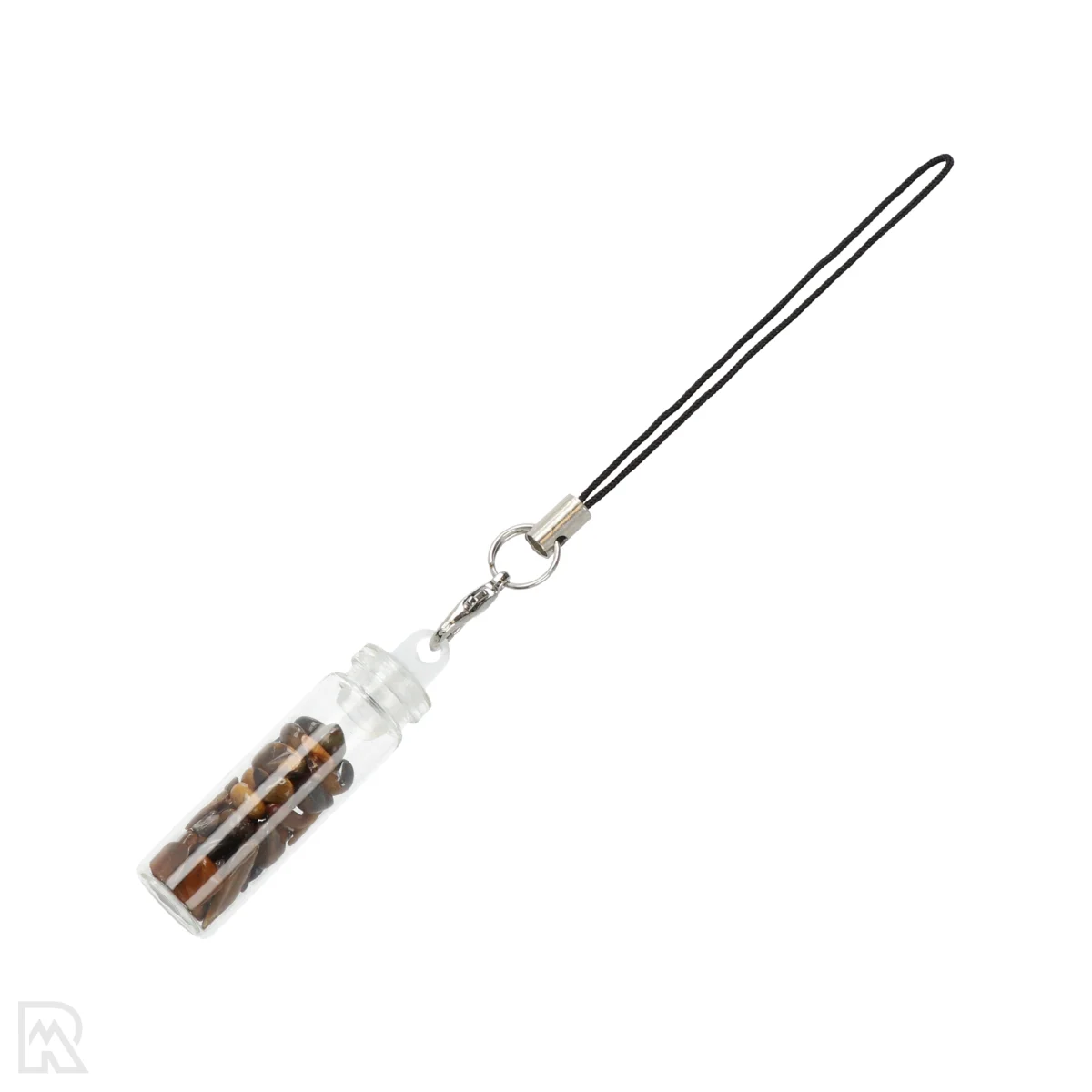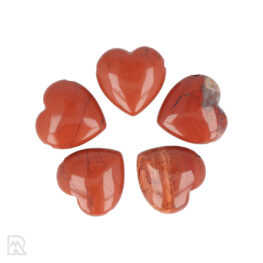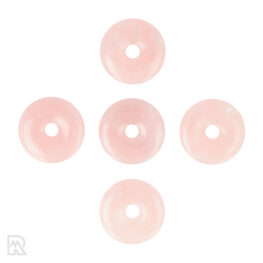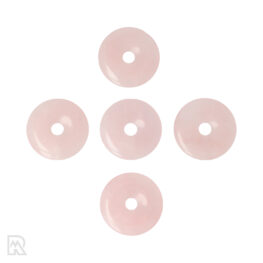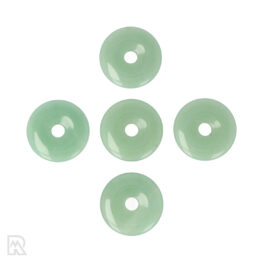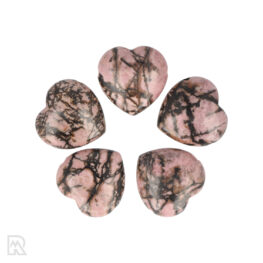| Gewicht | 0,05 kg (50 gr) |
|---|---|
| Dimensions | 1,1 × 1,1 × 3,5 cm |
| Sales Unit | |
| Type | |
| Form | |
| Origin | |
| SKU | 5848 |
Tiger eye Lucky bottle
Tiger eye Lucky bottle from China
Tiger's eye
Tiger's eye is a golden-brown to yellowish quartz-like rock known for its silky luster and distinctive light-reflection effect, also known as chatoyance. This effect results from the fibrous structure of the original mineral crocidolite, which has been replaced by quartz during the silicification process.
Tiger's eye is mainly found in South Africa, Australia, India and Namibia. It is formed by the conversion of amphibole minerals into silica, retaining the original fibre structure. Its chemical formula is SiO₂ and its hardness is 7 on the Mohs scale. Well-known variants are falcon eye (bluish) and bull's eye or cat's eye (reddish-brown), created by incomplete or heated conversion, respectively.
Sources:
Mindat.org, Gemdat.org, Wikipedia - Tiger's eye
Selenite
Selenite is a clear to translucent variety of the mineral gypsum (CaSO₄-2H₂O). It is known for its glassy to pearly luster and often fibrous structure. A common form is selenite, which has a silky luster and occurs in long, fibrous crystals. Despite its name, selenite has nothing to do with the element selenium; the name is derived from the Greek word for moon, because of its soft luster.
Selenite forms in sedimentary environments during the evaporation of seawater and is found in countries such as Mexico, Morocco, the US and Australia. It is a soft mineral with a hardness of 2 on the Mohs scale, making it easy to work by hand. Almost all selenite sold on the Dutch market is satin spar; however, selenite is a market-accepted sales name.
Sources:
Mindat.org, Gemdat.org, Wikipedia - Selenite
